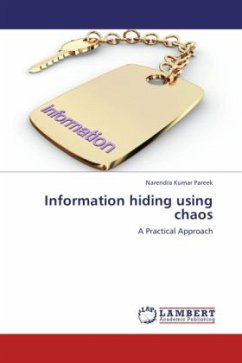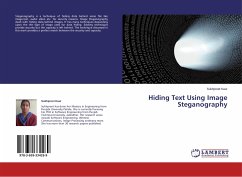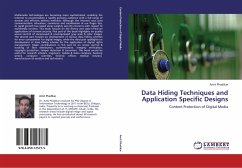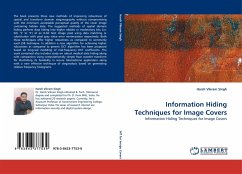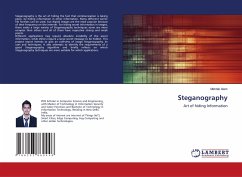Internet communication has become an integral part of the infrastructure of today s world. In recent years, owing to frequent flow of information and digital images across the world over the transmission media, it has become essential to secure them from leakages. Many applications like telephonic messages, email, banking, trade, e-commerce etc., require reliable, fast and robust security system to store and transmit information and digital images. Currently, number of popular security tools like stegnanography, digital watermarking, cryptography etc are available but among them cryptography has taken prominent place in security. Recently, researchers from the nonlinear dynamics community have noticed an interesting relationship between chaos and cryptography. Chaotic systems have properties like ergodicity, sensitivity to initial conditions/system parameters, mixing property, deterministic dynamics and structural complexity. They have attracted attention of cryptographers to develop chaotic cryptosystem. Chaotic cryptosystem has suggested a new and efficient way , in compare to traditional methods, to deal with the problem of fast and highly secure of encryption schemes.
Bitte wählen Sie Ihr Anliegen aus.
Rechnungen
Retourenschein anfordern
Bestellstatus
Storno

